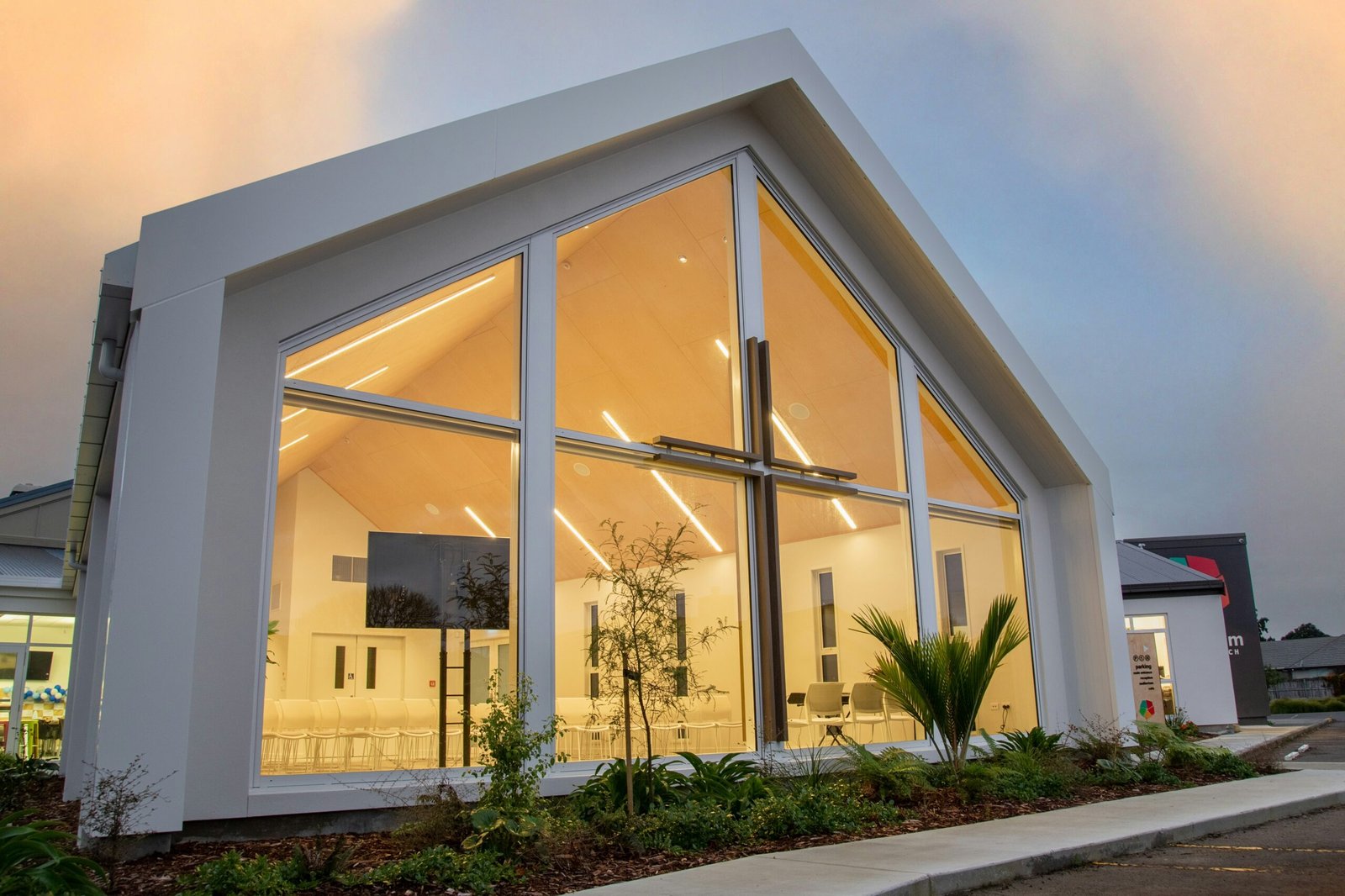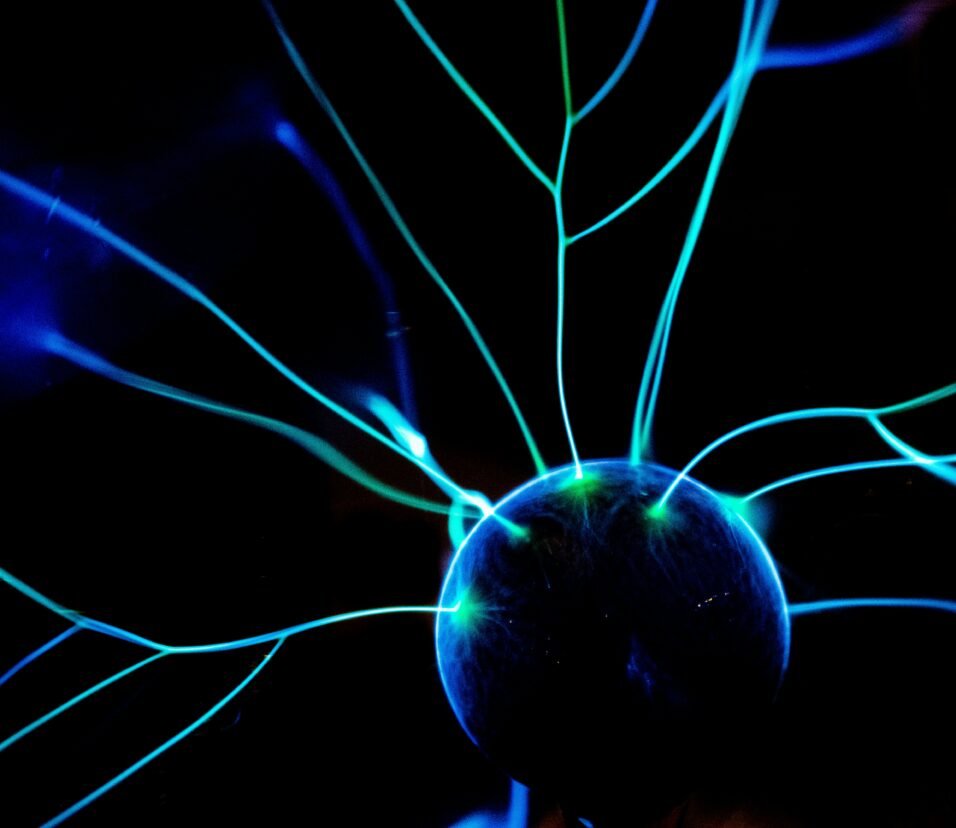The Smart Home in 2025: How AI Makes Homes Truly Intelligent
In 2025, smart homes aren’t just connected—they’re learning, adapting, and thinking. Welcome to the age of intelligent living.
🔑 Introduction: From Smart Devices to Smart Decisions
Over the past decade, the idea of a “smart home” has evolved from a techy novelty into a mainstream lifestyle choice. In 2025, the conversation has shifted from automation to intelligence.
Smart homes today don’t just respond to your commands—they predict your needs, optimize your routines, and learn your behaviors.
This transformation is largely powered by AI-driven systems that bring real personalization, security, energy savings, and comfort into our daily lives.
🤖 What Makes a Home Truly Intelligent?
A smart device turns on the lights when you clap.
An intelligent system knows you’re tired, dims the lights automatically, adjusts the temperature, and starts a calming playlist—without you asking.
🧠 Core AI Capabilities in Smart Homes (2025):
- Context Awareness: Knows when you’re home, asleep, stressed, or focused
- Predictive Routines: Learns habits and adjusts lights, climate, and appliances
- Energy Optimization: Analyzes usage and automates savings
- Voice & Vision Integration: Combines sensors, cameras, and AI assistants for seamless control
- Cross-Device Coordination: Unites devices from different brands using protocols like Matter
🛋️ Key Smart Home Areas Transformed by AI
1. Lighting & Ambience
- AI learns your circadian rhythms to adjust lighting throughout the day
- Motion and presence detection ensures lights only turn on when needed
- Mood-based lighting via smart scenes: e.g., “Focus,” “Relax,” “Party”
- Popular tech: Philips Hue + AI Scene Scheduler, Nanoleaf + ChatGPT integration
2. Climate Control & Energy Efficiency
- Smart thermostats like Nest, Tado, or Ecobee learn:
- When you’re home
- Your preferred sleep temperature
- How fast your home heats/cools
- AI balances comfort with cost: it suggests when to run appliances or when to open windows instead of turning on AC
- Solar panel integration + AI energy dashboards = eco-smart living
3. Home Security with Computer Vision
- AI cameras distinguish between family, guests, and strangers
- Suspicious behavior detection: loitering, packages taken, broken glass detection
- Facial recognition unlocks doors or sends alerts
- Voice AI can trigger sirens or notifications during suspicious activity
- Popular systems: Ring + Alexa Guard, Google Nest Cam + Vision AI, Arlo + GPT-automated alerts
4. Voice Assistants: Now Actually Smart
- ChatGPT-powered voice assistants can handle multi-step requests:
- “Turn off all lights, lock the doors, and play rain sounds.”
- Understand context and emotion: e.g., “I’ve had a rough day” triggers a custom routine
- AI assistant bridges now allow Alexa, Siri, and Google to work together via Matter and Home Assistant
5. Kitchen & Appliances
- Fridges suggest recipes based on what’s inside
- AI tracks expiration dates and suggests grocery lists
- Smart ovens use sensors + AI recipes to cook food perfectly
- Robotic arms and auto-chefs? Yes, but still in early-adopter phase
- Popular products: Samsung Bespoke AI Fridge, June Oven AI, Amazon Dash Cart (home version)
6. Health & Wellness
- Sleep trackers like Withings Sleep Mat adjust mattress firmness, lighting, or room temp automatically
- Air purifiers adjust fan speeds based on real-time air quality + pollen forecasts
- Smart mirrors like HiMirror offer skin analysis and mood tracking
- Meditation rooms with biometric sensors and dynamic light/sound
7. Home Hubs & Automation Platforms
Central platforms now do way more than just connect devices:
- Home Assistant + OpenAI integrations allow natural language control + auto-scripted routines
- Apple HomeKit + Matter makes device onboarding seamless
- IFTTT Pro + GPT builds workflows like: “If motion is detected past 11PM, turn on exterior lights, notify me, and lock all doors.”
🧠 AI in Action: A Day in the Life (2025)
7:00 AM – Your lights slowly brighten with the sunrise. Your favorite music fades in. Coffee starts brewing.
8:30 AM – You leave. The thermostat lowers, security arms, and your robot vacuum starts cleaning.
6:00 PM – You’re back. Your home detects your approach, unlocks the door, sets the lights to “Evening,” and starts cooking your pre-set dinner recipe.
10:00 PM – Bedroom cools to 20°C. Sleep mode activates. White noise plays. Phone notifications are silenced.
🧱 The Matter Standard: Finally, Everything Talks to Everything
Matter (formerly Project CHIP) has gone mainstream in 2025. It ensures:
- Devices from Apple, Google, Amazon, and Samsung can communicate
- Easy setup and greater user choice
- Reduced fragmentation across ecosystems
⚠️ Challenges & Considerations
- Privacy: AI cameras and voice always-on features need strict data policies
- Security: More devices = more vulnerabilities if not updated properly
- Overdependence: Losing control if your AI misunderstands your intent
- Cost: Still a premium for full-AI homes, though prices are dropping
🔮 What’s Next?
By 2027–2030, expect:
- AI that senses emotion and mood through tone + facial expression
- Voice-first homes with minimal screens
- Affordable robotic assistants for cleaning, pet care, and elder assistance
- AI-generated smart home routines customized weekly based on weather, sleep, and schedules
🏁 Final Thoughts: From Smart to Truly Intelligent
In 2025, a smart home isn’t one that simply reacts to you—it thinks with you.
With AI acting as a home manager, assistant, and caretaker, life becomes smoother, safer, and more energy-efficient. The goal isn’t to add more tech—it’s to let your home work for you, invisibly and intelligently.








